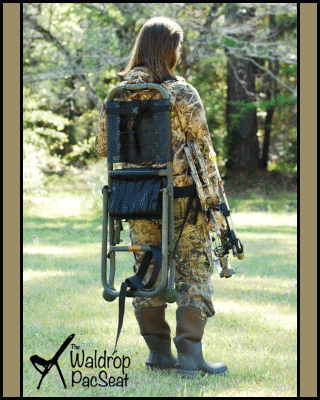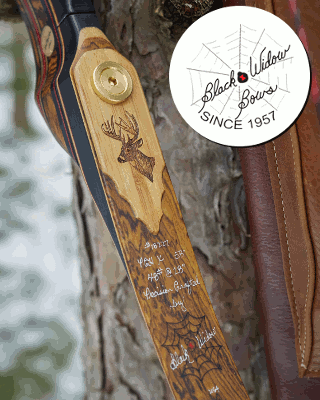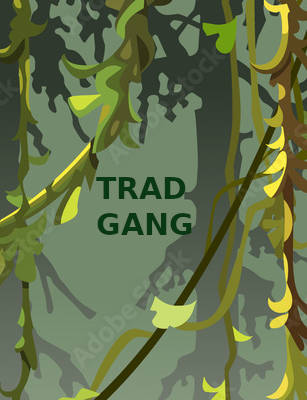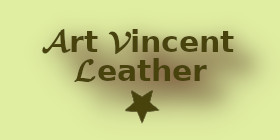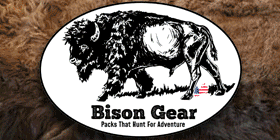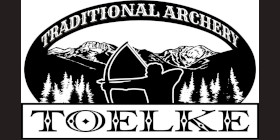Evansville, Indiana......is where they were located.
My home state
Later and now known as a name you may recognize.
Escalade
Escalade's corporate roots trace the development of several different companies, the oldest of which was The Williams Manufacturing Company, an Ohio-based manufacturer and retailer of footwear and hobby and craft products founded in 1922. Although the Williams business began operating first, the driving force behind the creation of Escalade was another company, a sporting goods manufacturer situated in Evansville, Indiana. Founded in 1927, Indian Archery and Toy Corp. operated as a small but thriving enterprise for nearly four decades before coming under the control of management that steered it toward diversification and more prolific growth. It was the influence of this new management team--led by Robert Griffin, Escalade's chief executive officer during the 1990s--that shaped Escalade into a global leader.
During the decades bridging Indian Archery and Toy's inception and the beginning of the company's transformation into Escalade, a legacy of modest success was established in Evansville. The company was founded by a former Ohio resident named H. M. Brading, who enlisted the financial support of three Evansville car dealers to start his small business. Initially, Indian Archery and Toy sold "bat-minton" sets, darts, dart games, and stilts through catalogs, with Brading and one other employee, who occupied a small upstairs room in an Evansville building, composing the company's payroll. By Indian Archery and Toy's second year of business, remarkable progress had been made. In 1928, there were 22 employees assembling bow and arrow sets by hand and shipping them as far away as Switzerland, Denmark, Australia, New Zealand, and China. Still in its infancy, Indian Archery and Toy appeared on the verge of explosive growth, but forces outside the company's control conspired to stifle such growth as quickly as it had developed.
The stock market crash of 1929 signalled the beginning of a decade-long economic depression that stunted Indian Archery and Toy's growth. The company struggled throughout much of the 1930s, its business severely crimped by the reluctance of many consumers to spend their dwindling dollars on recreational products. By the end of the decade, however, the economic climate began to improve and Indian Archery and Toy could once again look toward expansion. Larger offices were occupied by 1937, when fiberglass bows were introduced and the company began manufacturing its own targets, as the Evansville enterprise regained some of the luster lost during the Great Depression.
Post-World War II Transformation
Once back on track, Indian Archery and Toy experienced years of steady growth, with annual sales eclipsing half a million dollars by the end of the 1950s. After more than a quarter century of business, the company was a modestly-sized but well-recognized competitor in the sporting goods industry and about to enter a decade of definitive change. The 1960s would prove to be a signal decade in Indian Archery and Toy's development, a decade during which the company began to assume the characteristics that would define it during the 1990s. Some of the changes were superficial, such as the two name changes effected during the 1960s, but other events represented milestones in the company's history, marking Indian Archery and Toy's development into a diversified sporting goods manufacturer.
The decade began with a name change, effected in 1961 when Indian Archery and Toy Corp. shortened its name to Indian Archery Corp., one year before the company's 35th year of business. During the company's anniversary year, when sales reached $800,000, new management took the helm, led by Robert Griffin who would spearhead Indian Archery's transformation into Escalade. Griffin had arrived in Indiana two years earlier, deciding after completing his college education that he would work with an Evansville native named Robert Orr in the metal fabrication business. Orr, who would later be elected governor of Indiana, Griffin, and two other partners, Jim McNeely and Joseph Derr, acquired Indian Archery in the fall of 1962 and immediately began experimenting with new products that would extend the company's presence into new markets. As Griffin later related about the mindset of the new leadership, "We felt that the opportunity was there, and our vision was to build on it," but determination did not translate into instant success for the new owners. Their early efforts--manufacturing skateboards and plastic skis--failed, as did their venture into the production of hand-pulled golf carts, entered into by the 1966 acquisition of Chicago-based Kunkel Industries, a golf-cart manufacturer. Griffin and his associates were forced out of the golf-cart market because of stiff competition, but the manufacturing operations gained through the Kunkel acquisition steered the company toward a lucrative path. Despite the dubious start, Griffin, Orr, McNeely and Derr were headed in the right direction
The same year the Kunkel acquisition was completed, Indian Archery Corp. changed its name to Indian Industries, Inc. to better reflect the company's involvement in different business lines. One of these different business lines, and the chief benefit of the Kunkel acquisition, was Indian Industries involvement in the table-tennis market. While Indian Industries was attempting to make a name for itself in the golf-cart business, Sears, Roebuck & Co. approached the Evansville manufacturer about making table-tennis tables. With his golf-cart business floundering but with the metal-working operations still under his ownership, Griffin confided later, "We decided to go for it [the Sears offer] because we were already set up for tubular metal working and stamping. So we started from scratch and that worked for us." The deal marked the beginning of a lasting relationship with Sears and the first significant achievement realized by Indian Industries' new owners.
Once the company entered the table-tennis manufacturing business, it quickly sought to increase its presence in the market, as it embarked on a development program that would eventually make it the largest table-tennis manufacturer in the world. Toward this end, Indian Industries entered a joint venture project called Cal-Dana to manufacture table-tennis tables in California and Indiana, which was merged into the company in 1970, and acquired the trademark "Ping Pong" from Parker Bros. Shortly after these deals were completed, the paths of Indian Industries and The Williams Manufacturing Company joined together. The result was Escalade, Incorporated.
http://www.fundinguniverse.com/company-histories/Escalade-Incorporated-Company-History.html SAAAAAAAAAAAWEEEEEEEEEET BOW!! I forget. When are you sending it?


